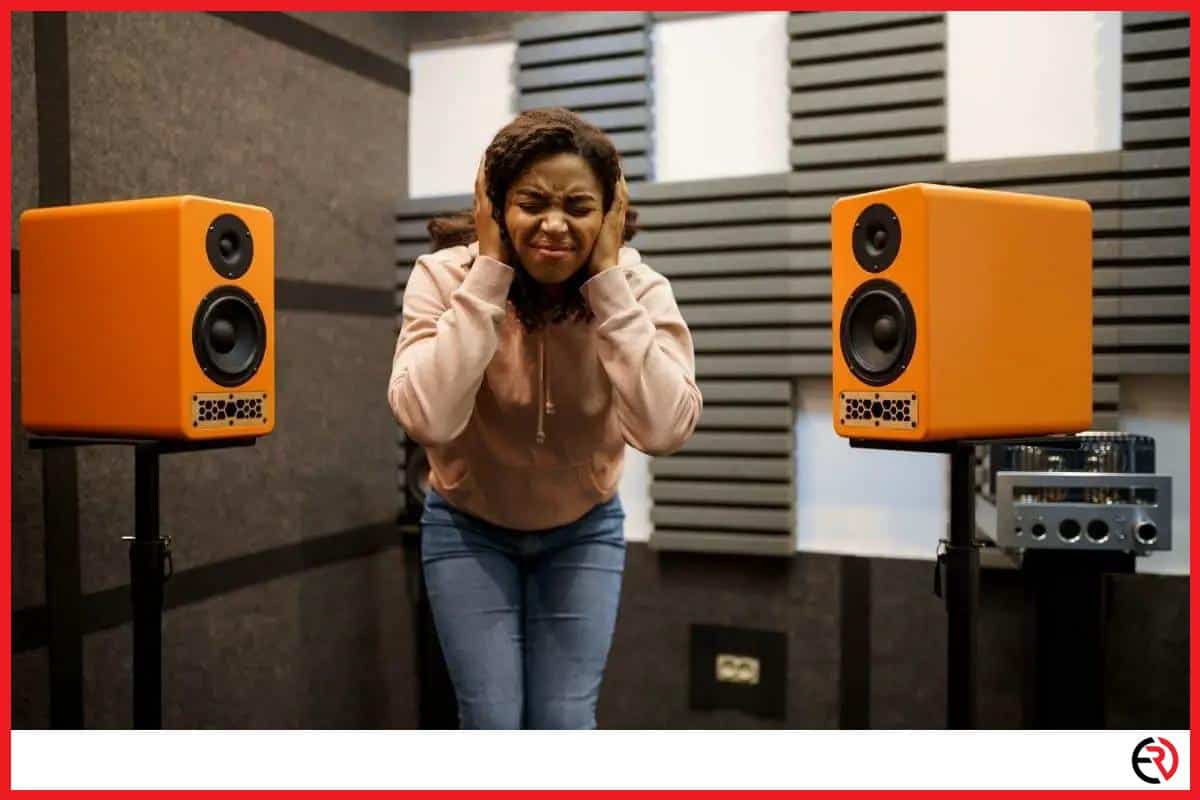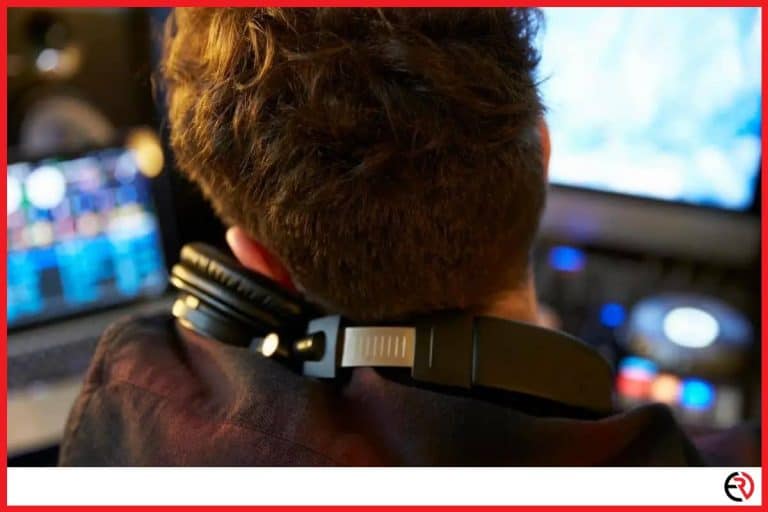How to lower Bluetooth volume (Android, iOS, Windows 10)
This post may contain affiliate links which means that, if you choose to make a purchase, I may earn a small commission at no extra cost to you.
Micromanaging the volume of your Bluetooth device is a pain, especially if they come with dedicated volume controls. In most cases, they are not compatible with the paired devices, which causes random sporadic surges of sound that are uncomfortable, to say the least. So how do you lower the Bluetooth volume?
The solution depends on what device you’re currently using. In the case of android, you can activate the “Disable absolute volume feature”. For PC you have to make changes directly to the Registry editor. In iOS, you can toggle the Reduce Loud Sound option to lower your Bluetooth volume.
Let’s take a detailed look at the exact steps required to lower Bluetooth volume across all available devices.
Lower Volume on Bluetooth device
Before exploring the solution of different devices, let’s take a look at the headset itself. Now, most cheap headsets do come with a dedicated volume controller. If you have one, use it to lower the volume. It’s the simplest solution and requires little to no effort.
Some Bluetooth devices even have a dedicated app that lets you lower the volume far more efficiently. For instance, the Realme Buds Air 2 has a dedicated app that lets you choose between different modes such as:
- Noise cancellation- Subdues ambient noises.
- Transparent- Allows a bit of ambient noise to seep into your ears. Gives off the impression that you are not wearing headphones.
- Volume boost- Greatly increases the sound of all your audio.
Always use the app to tweak the settings, before you move on to the next options. Note that Bluetooth devices frequently receive firmware upgrades. Falling to upgrade them might also stop you from lowering the Bluetooth volume. Check for new updates once a month and this applies to Android, iOS, and PC.
Lower Bluetooth volume on Android
All smart devices now use various health warnings to safeguard their users. The absolute mode on Android is one of those examples. It prevents users from raising their Bluetooth volume to excessive degrees.
However, not all Bluetooth devices are the same. What good is a Bluetooth headphone, if you cannot use it because of the absurdly loud sounds.
Now if your smartphone is running Android 7 (Nougat) or an earlier version, you can simply plugin in your Bluetooth and lower its volume. However, after the update, the separate controls for Bluetooth volume sliders were removed. So, now you cannot individually lower the Bluetooth volume. To enable it once again, you will have to go over to developer settings and make some changes there. Here is the list of steps to reactivate Bluetooth volume sliders on your Android.
1. Activate Developer settings.
2. Open settings and tap on ‘About phone’.
3. Once you are there, locate the build number and tap on it seven times. This will enable the ‘Developer options’.
4. Now go to ‘Additional settings’ and look for ‘Developer options’.
5. Navigate to the ‘Networking’ section.
6. Check if the ‘Disable audio volume’ option is activated or not.
7. Toggle it on to gain access to your Bluetooth volume controls.
8. Restart your device for the changes to take effect.
If you are still receiving a high level of audio, open the equalizer and play around until you have reached a favorable setting. Equalizers do not lower the volume per se, but they modulate the sound coming out of the speakers. By reducing the intensity of the audio, you can make it more bearable and comfortable to hear. It’s not lowering the sound per se, but it gets the job done in the case of Bluetooth headphones.
Lower Bluetooth volume on iOS
Bluetooth devices are taking over the world. Especially after the introduction of the AirPods, the Bluetooth headphone market simply boomed with various wireless in-ear headphones. The sheer number of these devices can be overwhelming and not all of them might be compatible with your iPhone.
So what do you do if you cannot afford the AirPods? Are there any guarantees that you will be able to lower the sound of other Bluetooth headphones?. Let’s take a peek at how you can fix the issue.
Disable the ‘Reduce Loud Sound’ option
Much like Android’s ‘Absolute mode’ the Reduce Loud Sound is a similar feature for iOS devices. It protects your ear from loud audio by limiting the audio output.
The loud sounds you are experiencing on your Bluetooth device may have been caused because you accidentally deactivated this feature. Follow the instructions to enable this feature one again:
1. Open settings and scroll down to ‘Sounds and Haptics.
2. Locate the ‘Reduce loud sound’ button and reactivate it.
3. Use the slider to adjust the sound output as per your preference.
Reduce max sound output (iOS 13 and earlier)
iPhones running iOS 13 and earlier versions do not have the ‘Reduce Loud Sound’ feature. You can follow these steps to lower Bluetooth volume on such devices.
1. Go to Settings
2. Tap on ‘Music’
3. Navigate to the ‘Playback’ section and tap on ‘Volume Limit’.
4. Lower the max volume to reduce your Bluetooth’s audio output.
Change the equalizer settings
Here is how you can even change the equalizer settings to lower the Bluetooth volume.
1. Go to settings and tap on ‘Music’
2. Under the payback action, choose ‘EQ’.
3. Keep switching the equalizer until you find one that is comforting to your ears.
4. Toggle on the ‘Sound Check’ setting as it can potentially reduce the volume by 20%.
Lower Bluetooth volume on PC
The ‘Absolute Volume’ feature allows Windows users to precisely control the volume of their Bluetooth speakers. The feature was introduced in the April 2018 update for Windows 10.
Using the registry editor
Before you begin with the process, note that activating this feature has a potential drawback. It is seen that once the feature is activated, it prevents the user from individually adjusting the volume levels of the left and right speakers. So if you have such preferences, it is advised that you double-check if your device falls into the same category before moving forward with the process.
Let’s see how you can enable or disable Bluetooth Absolute Volume in Windows 10.
1. Make sure you have administrative privileges before starting with the procedure.
2. Go to the Registry Editor App
3. Navigate to this Registry key- HKEY_LOCAL_MACHINE\SYSTEM\Control\Bluetooth\Audio\AVRCP\CT
4. On the right side of the Window you will have to create a new 32-Bit DWORD value, by the name DisableAbsoluteVolume.
5. Once you are done, you can set a value in the ‘Value data’ section to activate and deactivate the feature.
6. To activate Absolute Volume, set its value to 0.
7. To deactivate the feature, set its value to 1.
8. Once you do, restart the Windows for the changes to take effect.
Click here to download the registry files and skip the entire process. Simply run these files and they will automatically execute all of the above steps.
Other alternatives
In case the registry method did not work out, here are a few other ways you can give it a try.
1. Resetting the device connections.
2. Updating Bluetooth drivers.
3. Troubleshooting Bluetooth and sound services.
4. Going into the Device Manager and checking your Bluetooth driver for issues.
5. Connect the speaker via an aux cable.
6. Restarting Windows Audio.
7. Installing the latest version of Realtek Drivers.
Conclusion
Bluetooth devices have evolved a lot throughout the years. They have gotten smaller and efficient. Although the problems associated with them still exist, they are becoming more and more manageable.
Caution: Always double-check the current volume on your speakers, apps, PC, and other connected devices, before you begin tinkering with the volume settings.







